“You only are free when you realize you belong no place — you belong every place — no place at all. The price is high. The reward is great.” – Maya Angelou
In the wake of the passing of Maya Angelou, the great American author and poet, my nomadic friend Sin Yee posted the quoted above on Facebook last week. It was probably the only Maya Angelou quote that made me pause that day, and in-line with my thoughts on moving on and exploring the world or staying rooted, I spent quite a good amount of time pondering over these few lines.
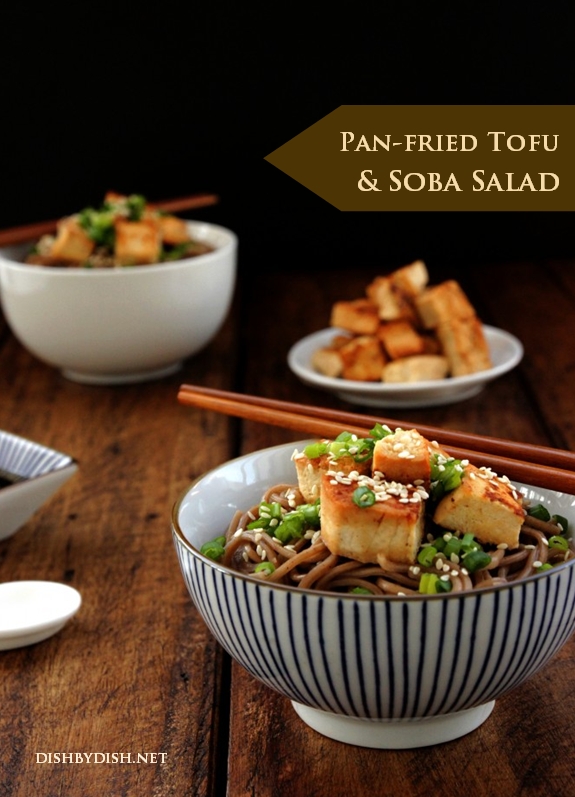
Want to save this recipe?
Enter your email & I'll send it to your inbox. Plus, get great new recipes from me every week!
I can’t say that I have much experience living overseas, except for a semester abroad in Mannheim, Germany, where I met Juan, my love, for whom I moved across the globe to re-locate in Argentina, where I’ve been the past four years. But I suppose that anyone who has lived for a significant amount of time in a land which is not their own, will be able to understand what it means when you don’t seem to belong to any place.
If you’ve left your home country for at least a couple of years, you will realize that you might have changed during your time overseas, and that on visits home, your birth country, whose passport you still proudly hold, suddenly seems foreign to you. Not entirely, but in terms of landscape (new buildings, shopping center), of the population that makes up the country.
Sometimes, you may even realize that the country in which you grew up in may not have changed at all – and it is in this instance that you acknowledge with deep understanding, that the foreignness you feel is solely because you have evolved, for better or for worse, but you are no longer the same person who left your home country all those years ago.
In the place you now call home, whose language and culture is not natively yours, there are codes to live by that you may have adjusted to, but at times still find yourself in conflict with. In this new land that you now love – for the people, the way of life, or for the beautiful landscapes – you’re beginning to assimilate with everything that once upon a time was so different and new.
Yet somehow, the traces of your original accent still remain, even after years of language classes, your face is still that of a foreigner’s, and despite dressing like the locals, there are hints of your origin, a place far from where you currently are.
As the wise Maya Angelou put it in the quote above, “you realize you belong no place — you belong every place — no place at all.”
There is a bittersweet taste to the realization that while you now have maybe two, or three or four cities or countries where you have pieces of your heart in, you are but a fraction in each of these places. Because of life decisions, whether you moved for love, or for the passion of traveling, you cannot be yourself in totality in any of these places.
I understand this completely – it feels as if half of me is stuck in Singapore, holding onto my Asian roots, and my family and dear friends, whom I dearly miss even though I may not say so. I feel a strong sense of pride to be Singaporean, to be a citizen of a country who has achieved so much in so few years of independence. Reading about Singapore in the news (or more often in my Facebook newsfeed), strikes a chord in me, and this is a bond that nothing can ever break.
At the same time, I’ve realized that I’ve picked up Argentine customs and gestures. I’ve even learned to speak with the Porteño accent, so much so that taxi-drivers often look at my Asian face in puzzlement and ask, “were you born here?”. Argentina has become an immensely large part of me, and has largely shaped the way I think. In this country where I first arrived with 52kg of luggage in April 2010, at which point I had no friends of my own (and I literally mean zero), I now have different groups of friendships that I can say are truly mine.
Yet, there are still things that I know I will always view as different; and while I can understand the jokes and humor so openly expressed in conversations here, my beliefs and values are still very much influenced by the South East Asian country I grew up in. I am acutely aware I am not an Argentine local, despite having adopted so many things of this beautiful country.
In the four years that I’ve lived in Buenos Aires, there have been very few times when I’d gotten a terrible bout of homesickness. But when I do, there’s almost no better cure for it than a trip to Chinatown and an Asian-inspired meal.
The Chinatown that I’m used to back in Singapore is practically a neighborhood of its own, with a train station even named after it. There are long streets full of Chinese foods and products, and you could spend hours exploring it. On the other hand, the Chinatown here in Buenos Aires, called “Barrio Chino”, is barely three blocks wide in terms of area, and you can walk from end-to-end within ten minutes.
But there’s a standardization in all Chinatowns worldwide, it seems. Whether large or small, they invariably invoke the same feeling.
Upon entering the area, I’m immediately transported back to Asia – because of the sounds of chopsticks clanking against porcelain bowls, or the shots of the store owners in the different Chinese dialects. There is a crazy commotion of people walking up and down the streets, talking to each other, and a mixture of Spanish words being spoken together with Chinese song lyrics blasting from the shop speakers. And then, there are the smells, oh my goodness. The smell of herbs, of fresh ginger and ginseng and dried mushrooms, of fried rice being cooked in some restaurant kitchen, of Chinese ointments sold in tiny red tins with the image of a tiger printed on top.
Most of all, I’m blown away by the variety of foods being sold in the supermarkets – long grain white rice, sushi rice, basmati rice, egg noodles, soba noodles. You name it, you have it. Tofu, seafood, spicy Siracha sauce, tapioca pearls, coconut oil, Lee Kum Kee’s entire range of sauces – everything that can’t be found elsewhere in Buenos Aires has a home in Chinatown! The supermarkets also stock heavy-duty iron woks, rice cookers, white and blue porcelain bowls, and a huge range of chopsticks in various designs, among so many other things. It is without a doubt an Asian food lover’s Ethiopia, and when I’m walking along the aisles of the supermarkets, I literally feel myself going giddy with excitement.
During one of my recent excursions to Chinatown, I picked up a large package of soba noodles (which are made of buckwheat, and are gluten-free), a block of tofu, a sachet of sesame seeds, soy sauce, sesame oil and a bunch of spring onions.
The visit to Chinatown had helped me clear a temporary bout of homesickness, and I knew that going home to an Asian meal would lift my spirits right back up.
And that was what I did.
Beginning with the block tofu, which I cut into small cubes and later pan-fried them until a pretty golden brown, and then moving on to the soba noodles, which were cooked until al-dante, and later mixed with a sesame-soy dressing, and finally sprinkled with sesame seeds and chopped spring onions.
It was a simple meal, but one inspired by Asian ingredients and flavors, nonetheless.
These are the kind of things, that while small and seem insignificant, remind me of my Asian roots, and keep me grounded. When I feel far from home and and think about the distance between my beloved friends and family, I understand the truth in Maya Angelou’s words, “The price is high”. But I am also comforted in knowing that home is where the heart is. And that despite the sacrifice of living overseas, “The reward is great.”
PAN-FRIED TOFU & SOBA SALAD
Serves 4
Ingredients:
1) 1 block of tofu
2) 300g of dried soba noodles (around 4 bowls of cooked soba noodles)
3) 1/2 cup sesame oil
4) 1/2 cup soy sauce
5) 2 tablespoons of sesame seeds
6) 2 tablespoons of freshly-chopped spring onions
Steps:
1) Cut the tofu into cubes and fry them in a non-stick pan with a little oil, until golden brown, then set aside.
2) Cook the soba according to package instructions, till al dante
3) Make the the sesame soy dressing by mixing the sesame oil and soy sauce together
4) Mix cooked soba and sesame-soy dressing together
5) Divide the soba evenly between four bowl, then and divide the pan-fried tofu over the soba, and sprinkle with sesame seeds and freshly-chopped spring onions


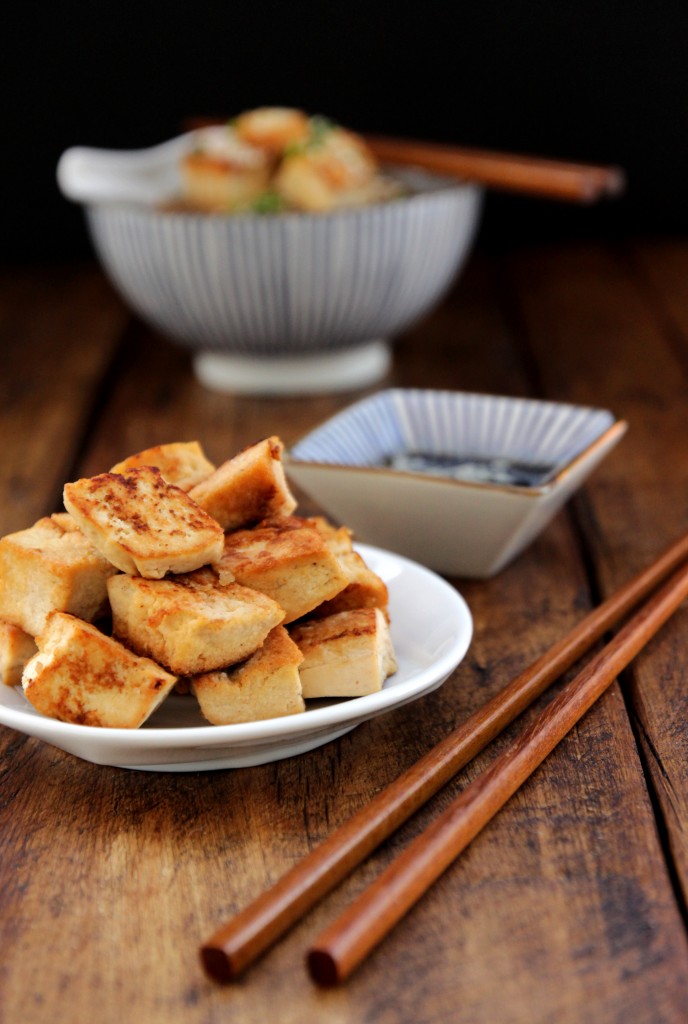
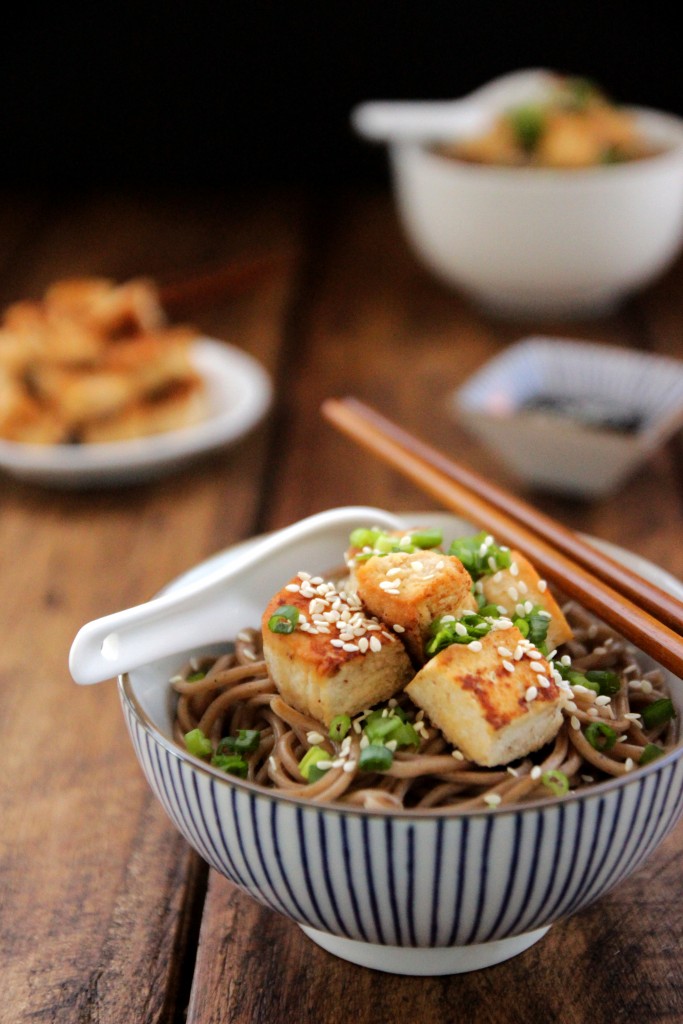
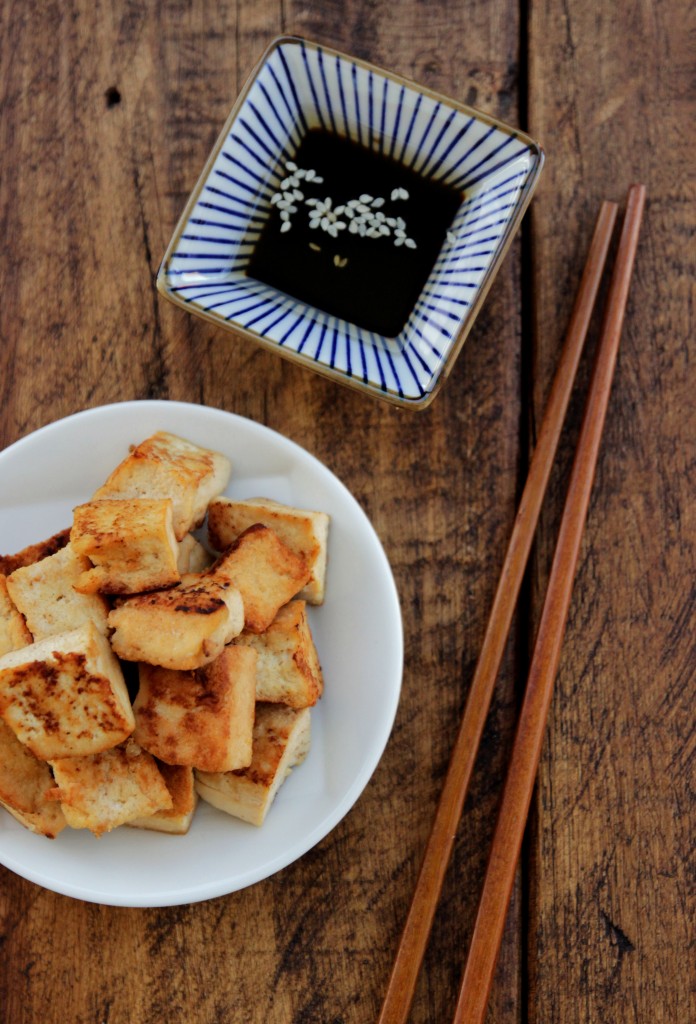
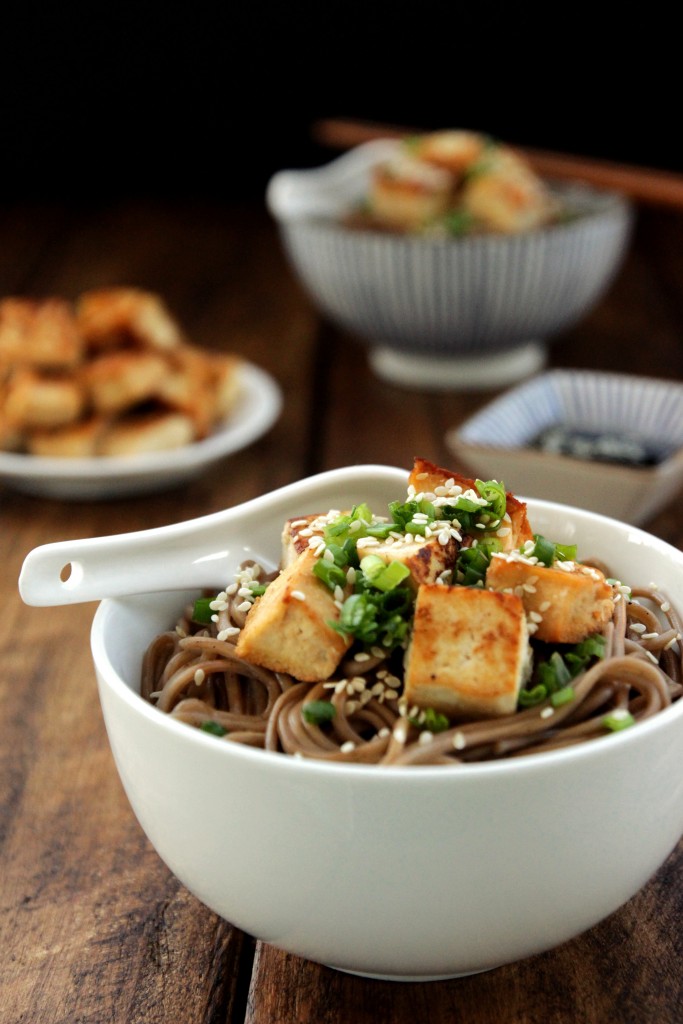
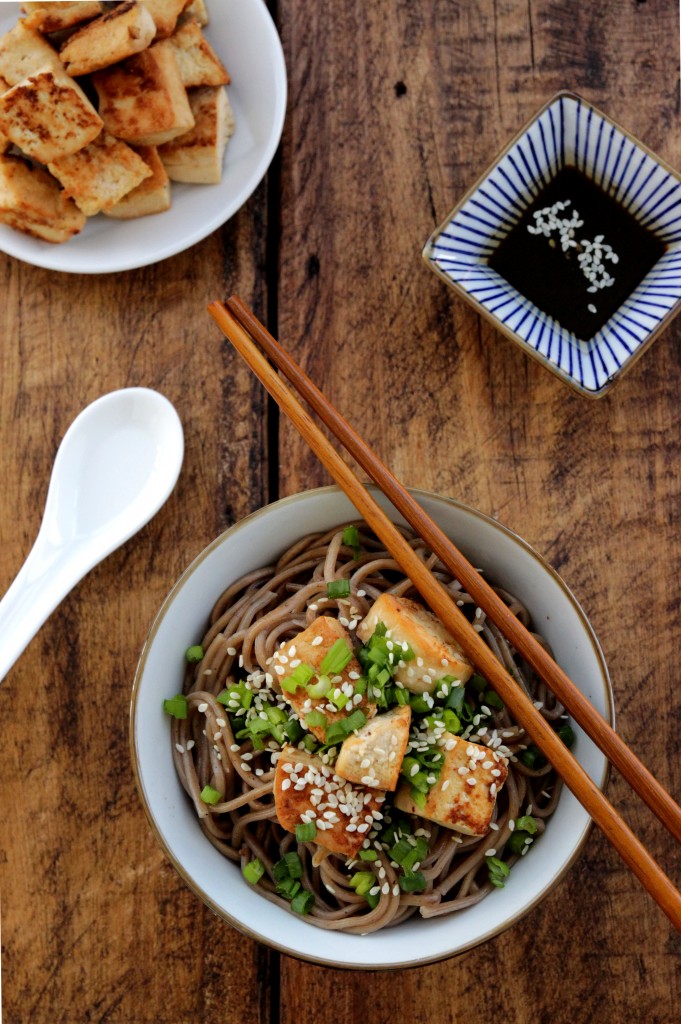
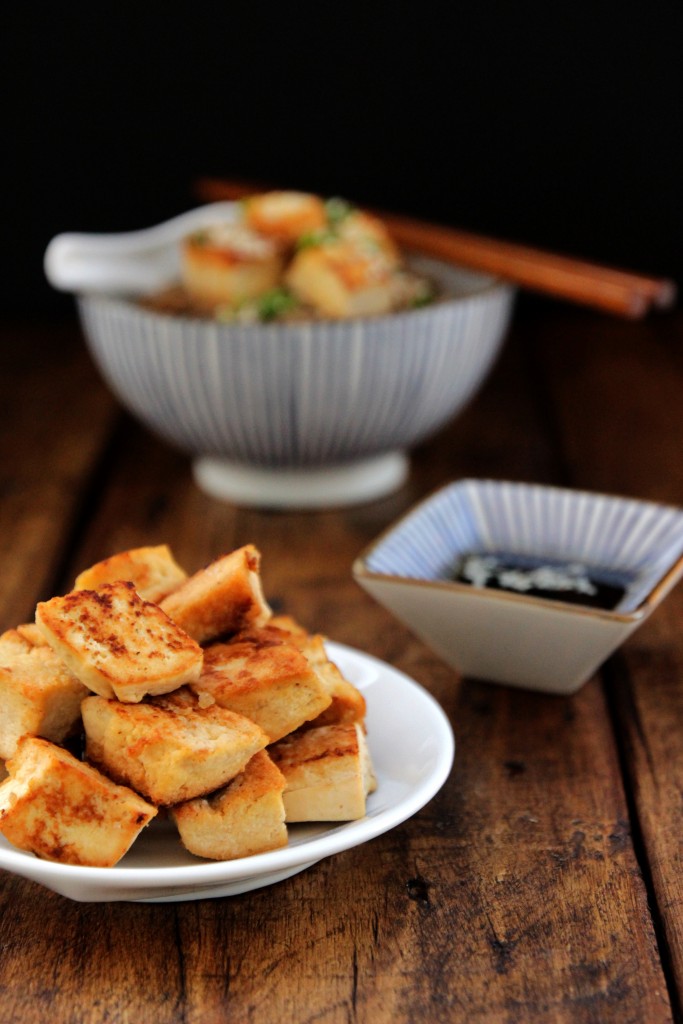
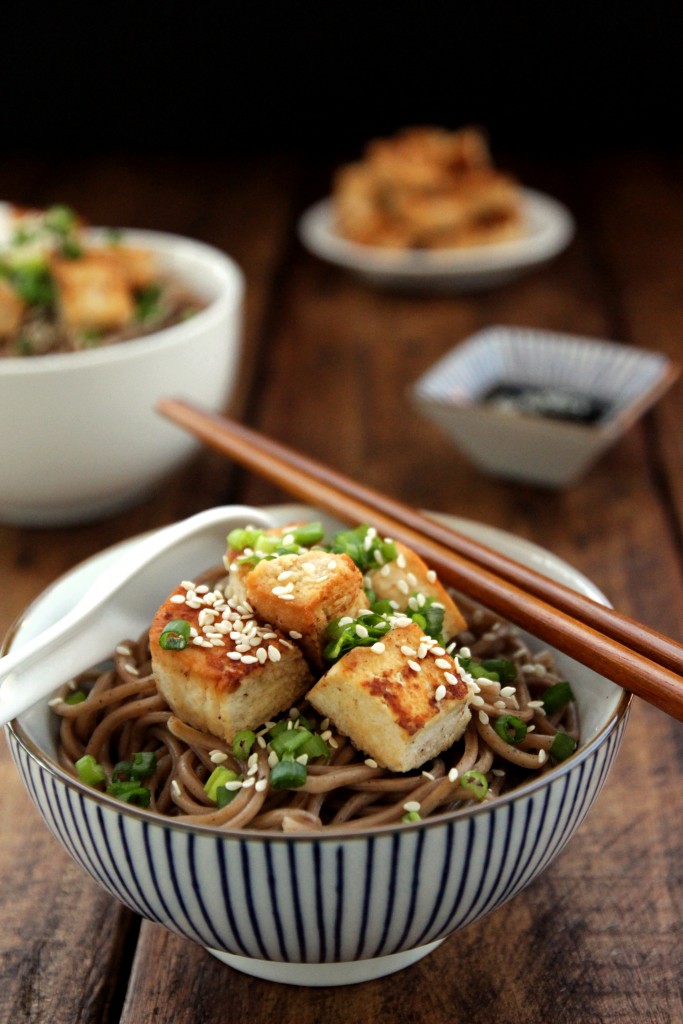
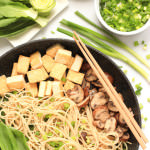




For those who are away from their home countries would certainly share most of your reflection on your thoughts and experiences – of being “you belong no place — you belong every place”!
And for those who have no such opportunity to experience of being away, would find this insightful.
Closer to home in Singapore, I fully understand and enjoy the Chinatowns in Argentina and Singapore. Enjoy
Daddy
Daddy!! 🙂 Glad you enjoyed the post!! Thank you for reading! Love you!